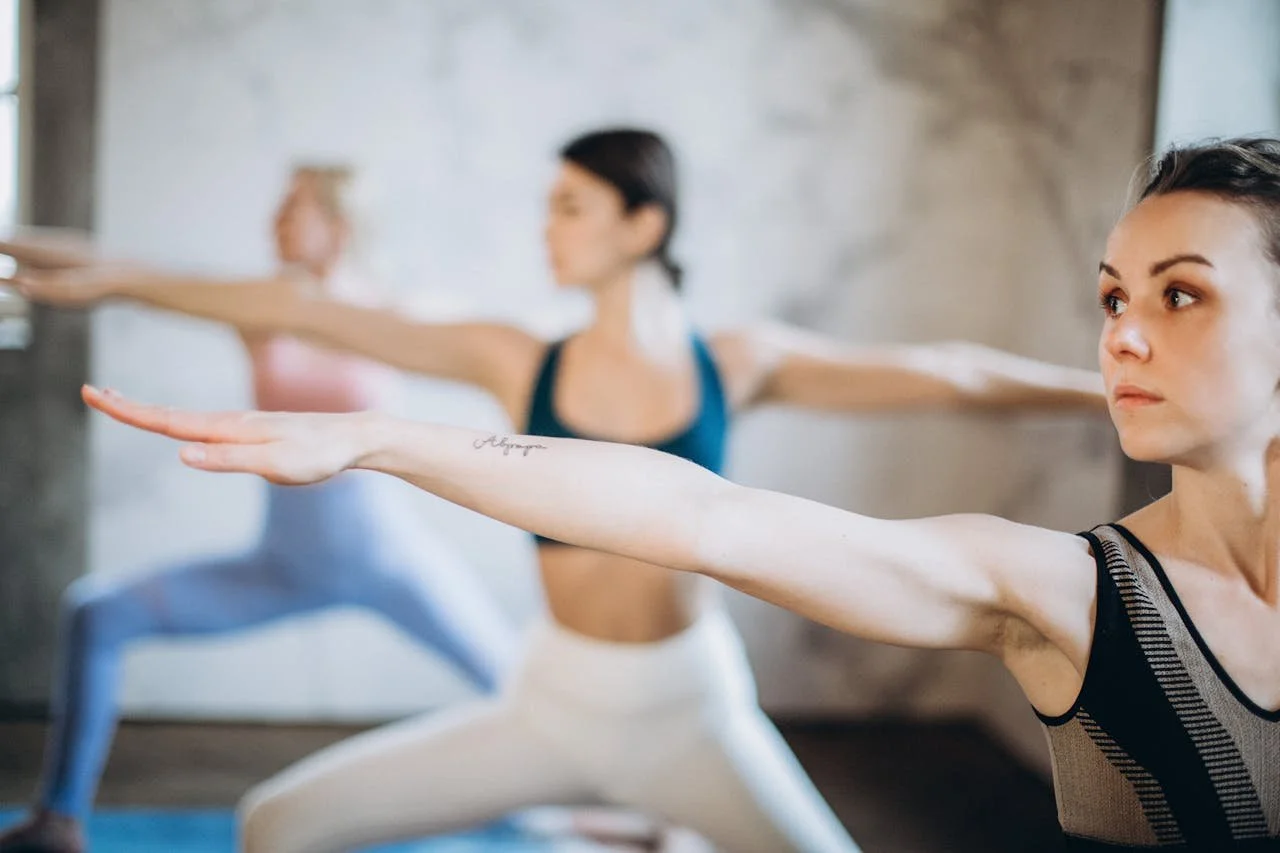Fitness Product Review: The Helix Lateral Trainer
Recently, I've received great questions about our Helix Lateral Trainer. Without a doubt, it can elevate any workout for trail runners, hikers, skiers, and snowboarders. Dig into this article to learn why!
The Lateral Trainer is a unique cardio piece of equipment that allows you to move in the frontal and sagittal planes...a dynamic effort important for developing hip mobility and stability. No doubt beneficial for hiking, skiing, daily living, and more! You can operate the machine by moving externally (the right foot rotates clockwise while the left foot rotates counterclockwise) or internally (the left foot rotates clockwise while the right foot rotates counterclockwise). Please note that if your feet rotate internally, you activate your adductor muscles equally on your right and left legs. If your feet rotate externally, you activate your abductor muscles equally on your right and left legs. Translation: Both legs are being activated equally! Let's break down each motion!
External Rotation
-Specific movement: The right foot rotates clockwise while the left foot rotates counterclockwise.
-Activated muscles: Hip abductors (Think: outside of the legs, including the muscles gluteus medius, gluteus minimus, and tensor fasciae latae. The secondary hip abductors include the piriformis, sartorius, and superior fibers of the gluteus maximus).
-Similar exercises: Side-lying leg raises, side-walking steps with a band, lunging while stepping forward and out
-This rotation mirrors the day-to-day movements, such as stepping forward at an angle and side-stepping out of the bathtub. You also perform a similar movement and abductor activation while hiking up a mountain, playing soccer, and skiing (especially cross-country skiing).
Internal Rotation
-Specific movement: the left foot rotates clockwise while the right foot rotates counterclockwise
-Activated muscles: Hip adductors (Think: inside of the legs, including the muscles adductor longus, adductor brevis, adductor magnus, and gracillis. The hip adductor compartments move the thigh/lower extremity closer to the body's central axis.)
-Similar exercises: Wide stance squat, standing band adduction, dumbbell side lunges, backward lunge with dumbbells
-This rotation activates the adductor muscles, pulls the thighs together, rotates the upper leg inwards, and stabilizes the hip.
Do I need to activate the abductors and adductors equally?
While we need to activate the abductors and adductors within a well-balanced exercise routine, the amount of demand required on each isn't equal. With all things being normal and without compensation and injury, the bigger muscles of the abductor group (e.g., the glutes) require a higher attention level than the smaller counterparts in the adductor group. Nevertheless, the adductors need love, which may also beg an internal rotation focus on the Helix. A one-to-one ratio isn't necessary, though (e.g., one minute moving externally and one minute moving internally each session)...especially if you internally rotate your foot as compensation or meet the adductor needs by performing other exercises. What does this mean? You don't necessarily need to spend the same time moving internally and externally on the Helix. Other program intentions might beg you to do more of one rotation over the other.
Am I ever just working one leg rotating internally or externally?
In theory, no. The only exception is when you purposely shift your weight to one leg and primarily utilize that leg's force to cause the rotation on the other side. Generally speaking, though, if you only feel one leg, you most likely favor that side because of injury, habit, or pure dominant side love.
ABOUT THE AUTHOR: MICHAEL MOODY, PERSONAL TRAINER
As an author, a personal trainer in Denver, and podcast host, Michael Moody has helped personal training clients achieve new fitness heights and incredible weight loss transformations since 2005. He also produces the wellness podcast "The Elements of Being" and has been featured on NBC, WGN Radio, and PBS.
Michael offers personal training to Denver residents who want to meet at the 2460 W 26th Ave studio….or in their homes throughout LoHi (80206), LoDo (80202), RiNo (80216), Washington Park (80209), Cherry Creek (80206, 80209, 80243, 80246, 80231), and Highlands (80202, 80211, 80212). Michael also offers experiences with a personal trainer in Jefferson Park (80211) and Sloan's Lake (80204, 80212).
If you’re looking for a personal trainer who can curate a sustainable (and adaptable) routine based on your needs and wants, Michael is the experienced practitioner you’ve been looking for. Try personal training for a month…your body will thank you!































